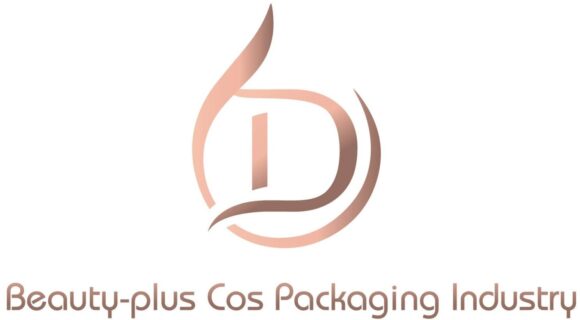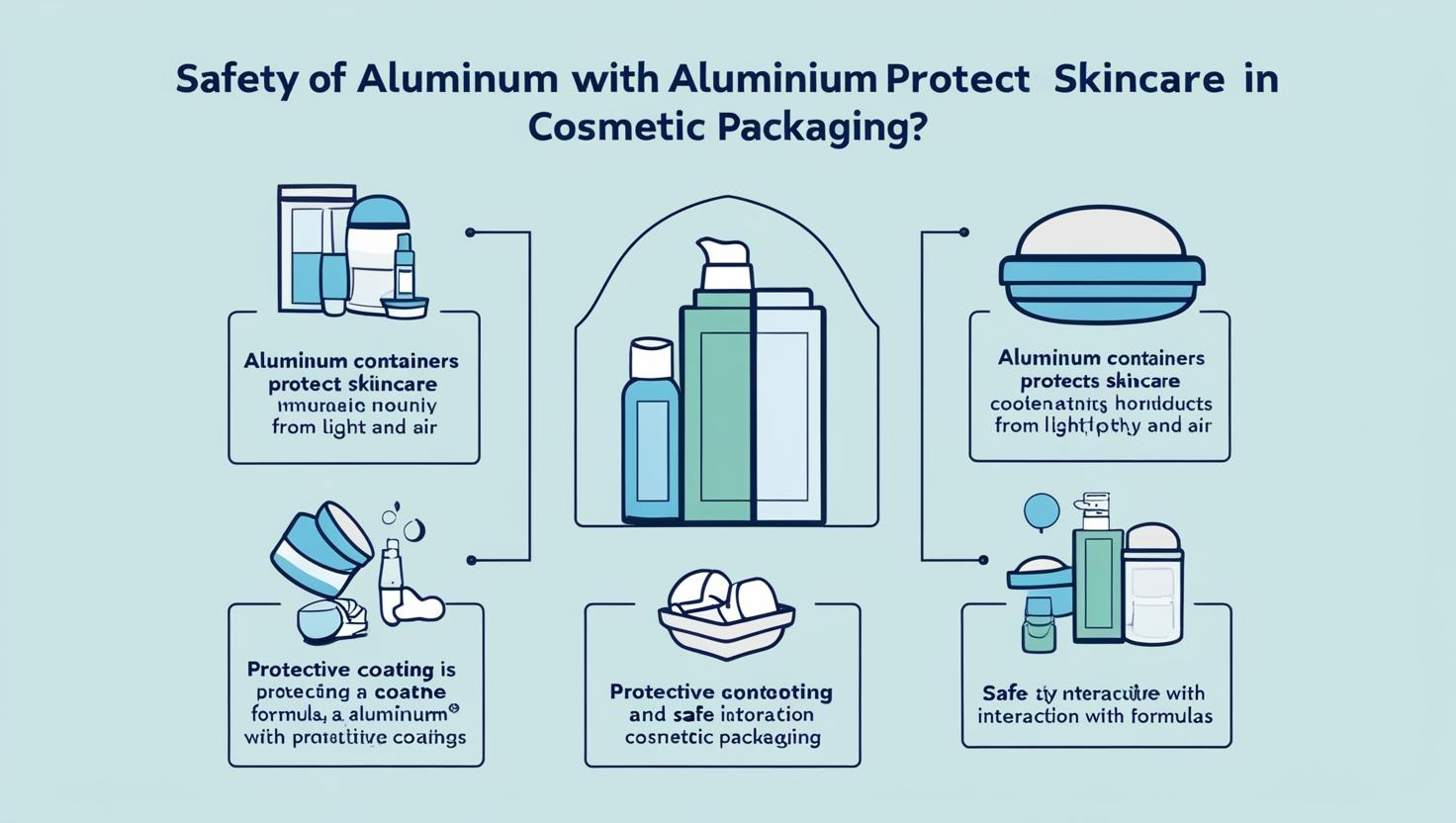
Aluminium packaging is getting more popular in the cosmetics world, but is it really safe? Many buyers are still unsure.
Yes, aluminium is safe for cosmetic packaging1 when used correctly and with proper coatings. It protects products from light, air, and contamination.
I used to worry too—especially about whether aluminium would react with skincare formulas2. But after working closely with experienced suppliers, I saw how safe and effective it can be.
What is Aluminum Cosmetic Packaging?
What exactly is aluminium packaging3, and why are brands choosing it?
Aluminium cosmetic packaging refers to bottles, tubes, cans, or tins made from aluminium, often used for sprays, creams, or balms.
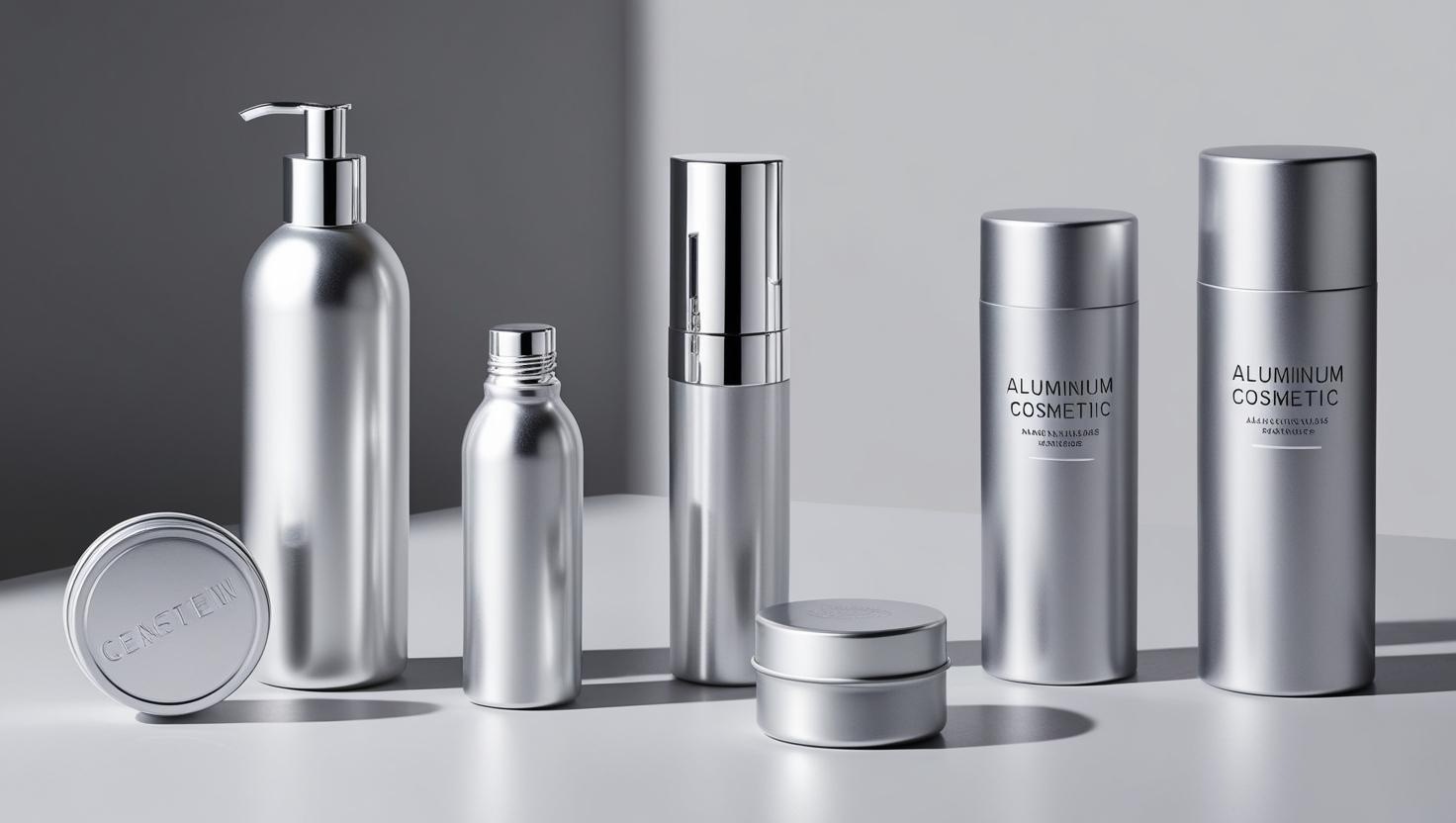
Common forms include:
- Aluminium bottles – often used for facial mists, sunscreens, hair sprays
- Aluminium tubes – ideal for hand creams, eye creams
- Aluminium jars/tins – perfect for solid balms, lip scrubs, or creams
Why do brands love aluminium?
- Lightweight and easy to transport
- Premium metallic finish improves brand image
- Opaque material protects formulas from light
- Fully recyclable and eco-friendly4
What are the disadvantages of aluminium packaging?
Even great materials have limitations. What are the downsides of using aluminium?
Aluminium can dent easily, has a higher cost, limited decoration options, and needs protective inner coatings5 to avoid reactions.
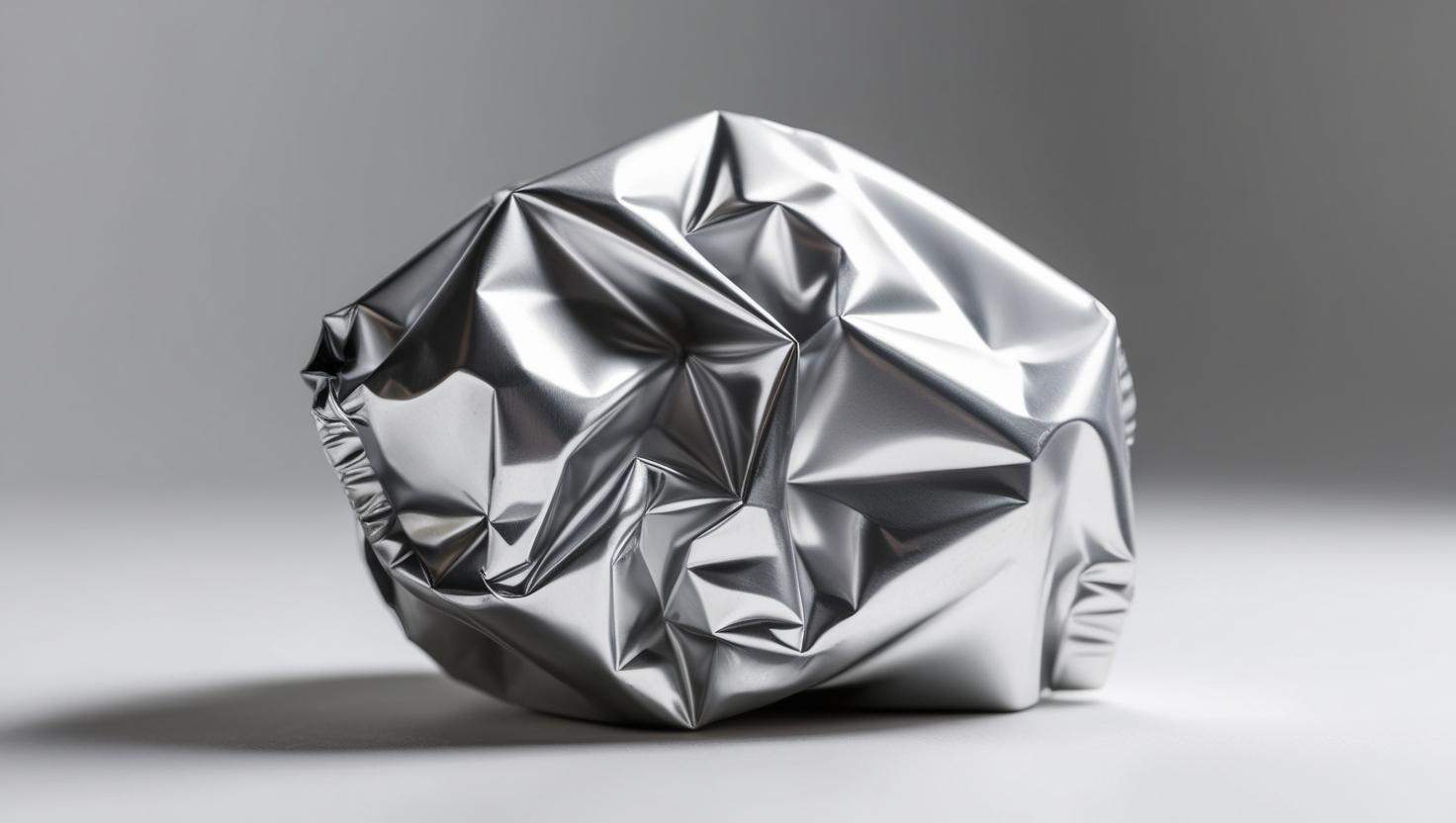
Key challenges:
1. Denting
Thin aluminium walls may deform during shipping or handling.
2. Higher cost
Compared to plastic, aluminium costs more in materials and processing.
3. Compatibility issues
Some active ingredients need an inner coating to avoid reacting with aluminium.
4. Fewer design options
Printing and coloring aluminium is more limited compared to plastics.
Is Aluminium Packaging Good for the environment?
Eco-conscious buyers often ask: is aluminium really a sustainable choice?
Yes. Aluminium can be recycled indefinitely6, though its production consumes more energy initially. Overall, it’s one of the most eco-friendly options.
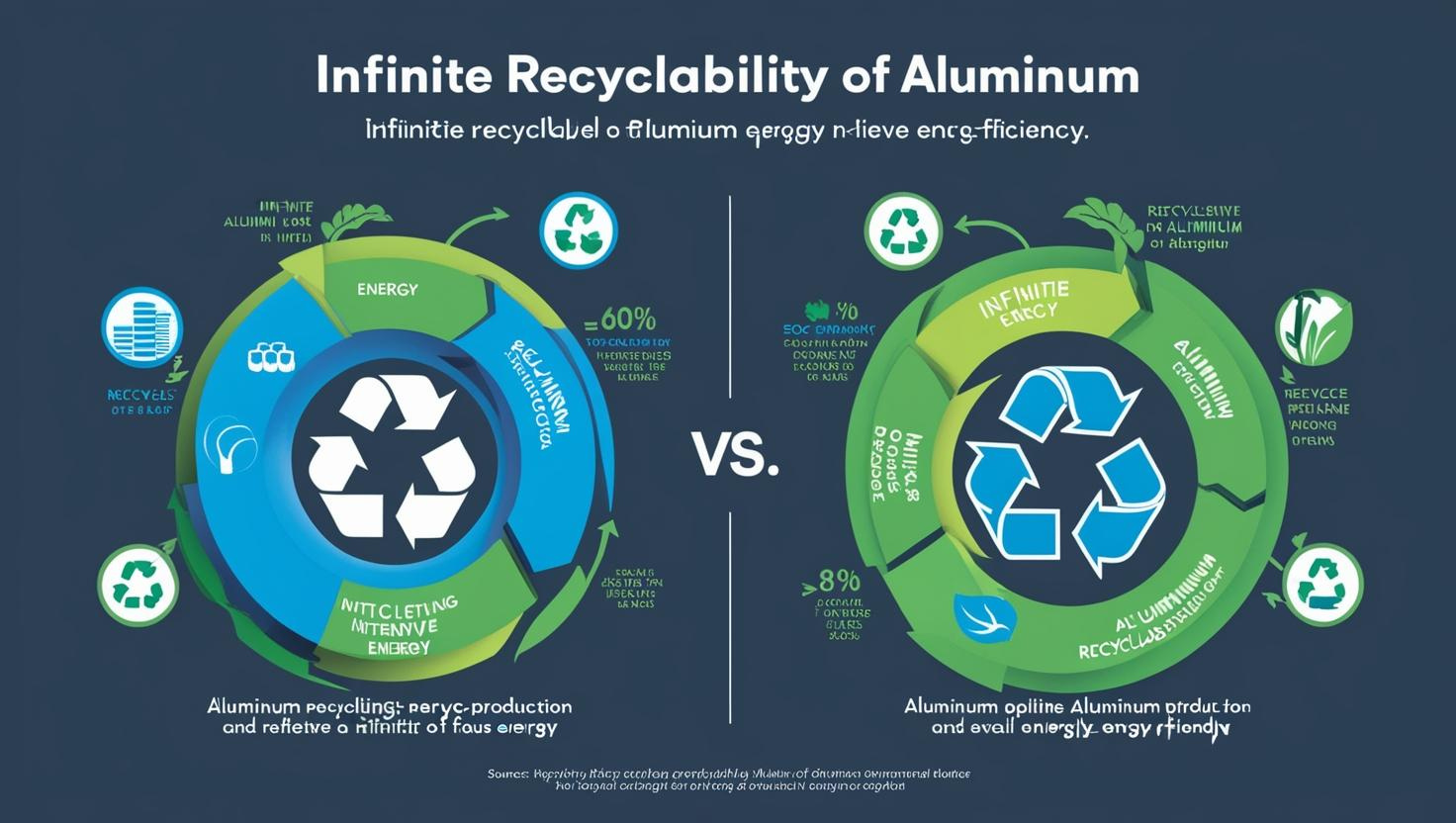
Environmental comparison:
| Stage | Aluminium | Plastic |
|---|---|---|
| Raw Material | Mined ore | Petroleum-based |
| Production | High energy | Lower energy |
| Recycling | Infinite reuse | Limited reuse |
| Degradability | Non-degradable but recyclable | Non-degradable and polluting |
While aluminium takes more energy to produce, its recyclability gives it a long-term sustainability advantage—especially as regulations tighten.
Is aluminum hydroxide the same as aluminum?
Many cosmetic labels list “aluminum hydroxide7”—but is that just another name for aluminum?
No. Aluminum hydroxide is a chemical compound used in cosmetics. It’s not the same as metallic aluminium.
What does it do in cosmetics?
It’s actually helpful and safe. It’s used to:
- Neutralize acids8 – reducing irritation
- Act as an opacifying agent – giving products a matte look
- Support emulsions – improving texture and stability
Even though it sounds similar, aluminum hydroxide doesn’t carry the same risks as metal aluminium and is commonly used in many skincare products.
What is the Example of Aluminium Packaging?
Which real products are using aluminium packaging? Are there great examples to follow?
Yes. Products like sunscreen sprays9, balm tins, and hand cream tubes commonly use aluminium to look premium and protect well.
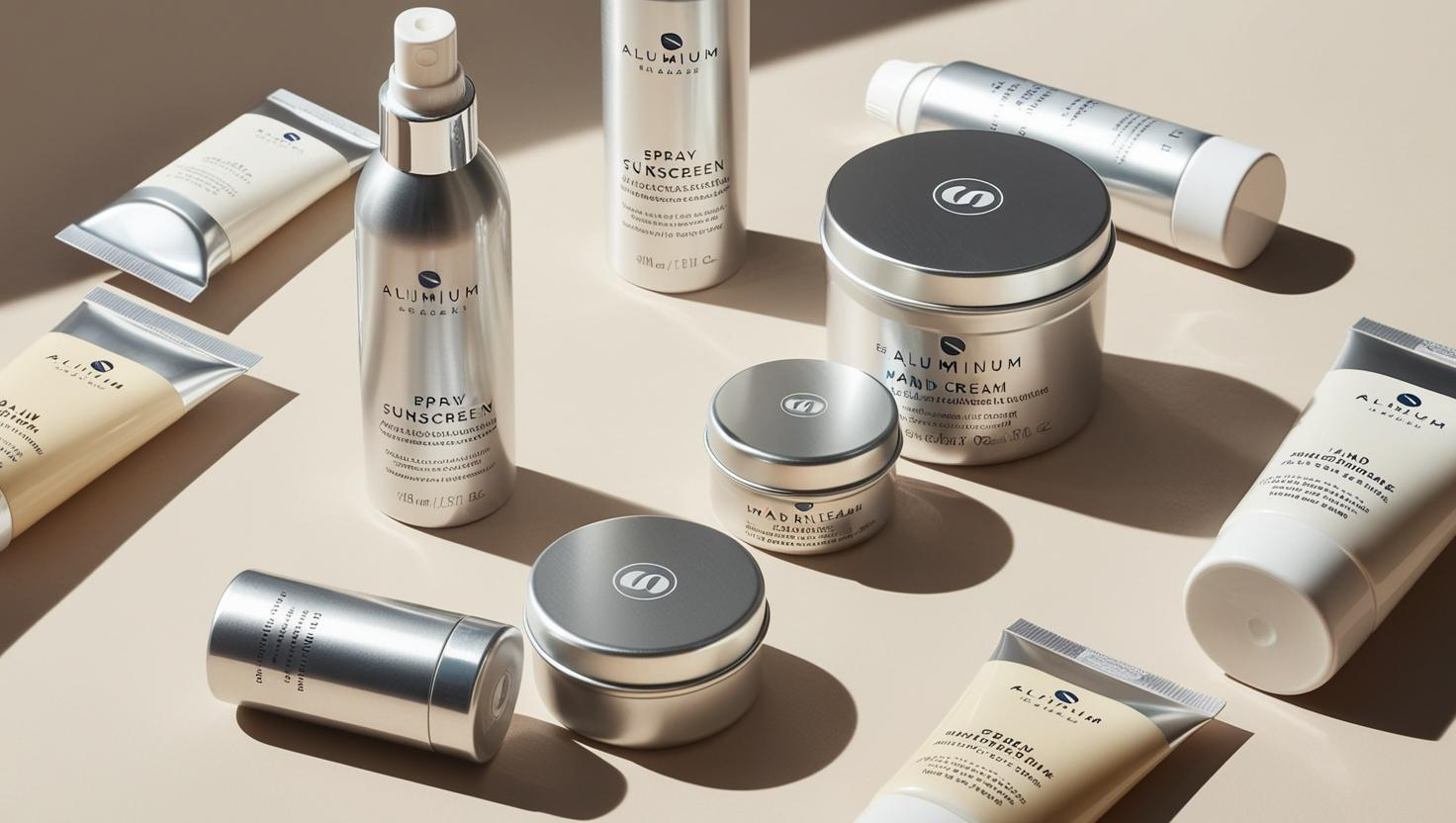
Real-life examples I’ve worked with:
1. Sunscreen sprays
One of my clients uses aluminium bottles for UV sprays. The non-transparent design keeps ingredients stable, and the look feels premium.
2. Solid balm packaging
Lip balms and solid perfumes often come in round aluminium tins—great for portability and branding.
3. Eye and hand creams
Aluminium tubes help control dispensing and give a clean, high-end feel.
Comparison With Other Packaging Materials
How does aluminium compare to plastic, glass, or paper10 in terms of cosmetics?
Aluminium beats many materials in sealing, recyclability, and aesthetics. But it’s not always the best fit for every formula or price point.
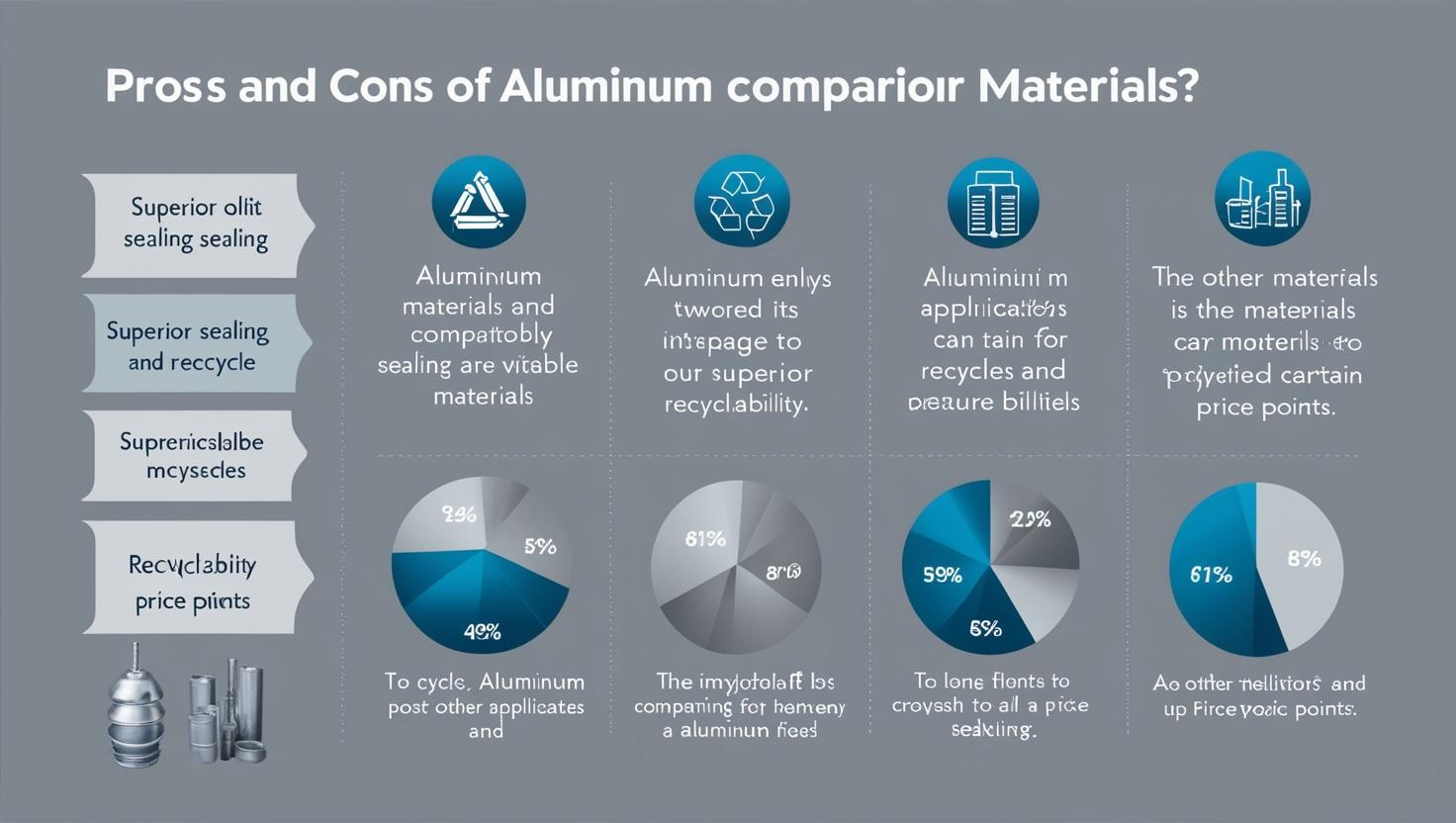
Side-by-side comparison:
| Material | Sealing | Cost | Recyclability | Premium Look | Weight |
|---|---|---|---|---|---|
| Aluminium | High | Mid-High | High | High | Light |
| Plastic | Medium | Low | Low-Medium | Medium | Lightest |
| Glass | High | High | High | High | Heavy |
| Paper | Low | Medium | Medium-High | Medium | Lightest |
Every product has different needs. Aluminium works great for brands that want a luxury feel and strong product protection.
Conclusion
Aluminium is safe, sustainable, and premium—but always check product compatibility first.
-
A professional breakdown of why aluminium is considered safe and effective in cosmetic applications, especially when coatings are used. ↩
-
This article discusses how aluminium packaging interacts with various skincare ingredients and when it’s safe. ↩
-
Learn about different formats of aluminium cosmetic packaging and the reasons behind their popularity. ↩
-
Discover why aluminium is considered one of the most eco-friendly and recyclable materials in packaging. ↩
-
Explains the need for internal protective linings in aluminium bottles used for cosmetics. ↩
-
A detailed look at the aluminium recycling loop and why it's superior for long-term sustainability. ↩
-
Provides a definition and context for aluminium hydroxide, its chemical structure and use cases. ↩
-
Explains how aluminum hydroxide functions in skincare products, especially its acid-neutralizing properties. ↩
-
Shows practical applications of aluminium in sunscreen packaging and its benefits. ↩
-
An environmental analysis comparing common packaging materials across sustainability, cost, and performance. ↩
